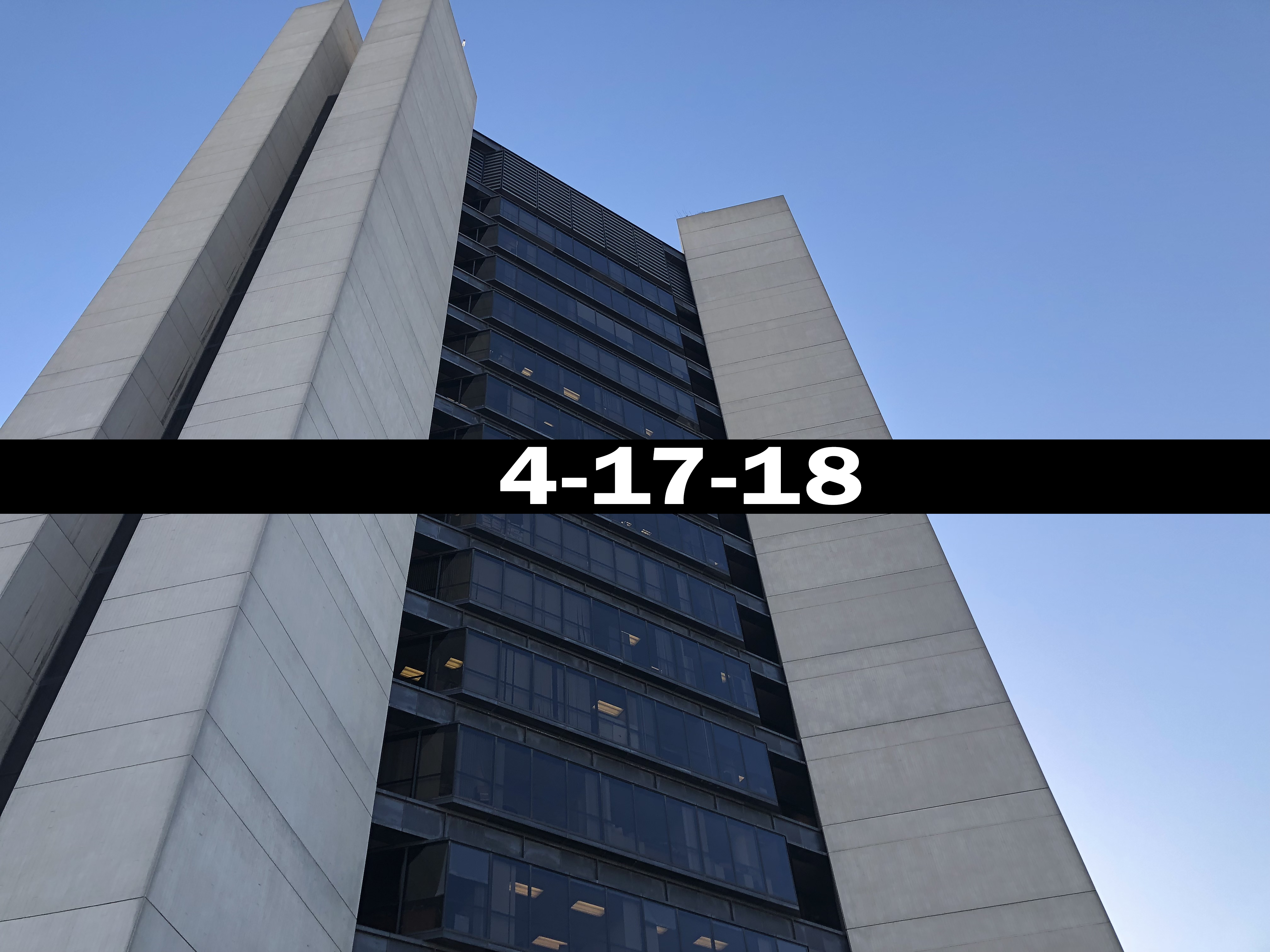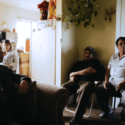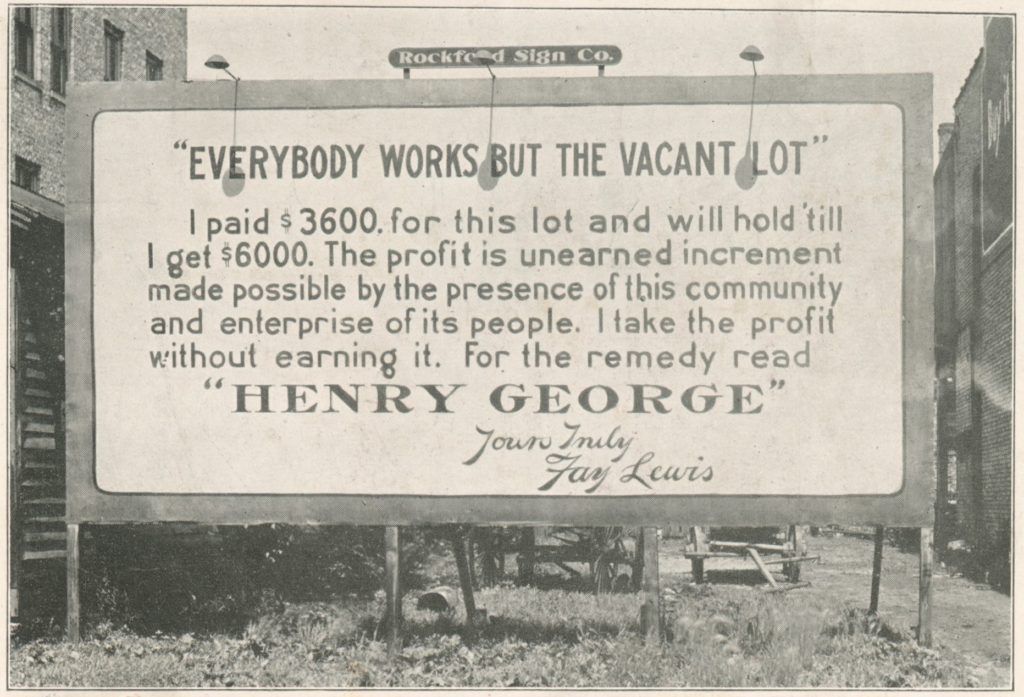Last Night @ City Council
6 minute read#FoamFreeLBC
The Council Tuesday passed an ordinance that will ban styrofoam and non-recyclable and non-compostable material for single-use food sales citywide over the next 18 months. The first two phases of implementation will apply to larger businesses, and will begin taking effect in three months. The third phase applies to establishments seating 100 folks or fewer and takes effect in 18 months.
As part of the ordinance rollout, the city will hold a study session on the impact of the first two phases, with the ability to tweak the specifics of the third phase at that time. The study was set for review in August of 2019, four months before phase three is scheduled to begin.
Councilmember Stacy Mungo Holsters Item Supporting Statewide Prison Reform Rollback Effort
An item requiring a majority vote by the Council to declare the city’s support for The Reducing Crime and Keeping California Safe Act of 2018 was originally put on the meeting’s agenda by Councilmembers Mungo and Suzie Price, a reserve deputy sheriff and district attorney, respectively. However, it was yanked by Mungo hours before the meeting amid pressure from community organizations.
Thank you to all who have reached out to our office on the Safe Communities agenda item – I am pulling the item from tomorrow’s agenda to allow for more time to meet with individuals who want to be heard.
— Councilwoman Mungo (@StacyMungo) April 17, 2018
The statewide initiative in question, currently in the signature-gathering stage, seeks to rollback provisions in AB 109 and Propositions 47 and 57 meant to curb the state’s prison population, which a federal court deemed unconstitutionally high in 2010.
- AB 109 (2011), also known as prison realignment, diverts responsibility of certain low-level offenders from the state prison system to the county jail system.
- Prop. 47 (2014) reduces certain drug and property charges from felonies to misdemeanors.
- Prop. 57 (2016) expands parole opportunities for nonviolent inmates and shifts authority from prosecutors to judges on whether a young offender should be sentenced as an adult or juvenile.
The two propositions were passed overwhelmingly by Long Beach voters by a roughly 2-to-1 margin.
Critics of Prop. 57 have correctly pointed out that it could allow inmates charged with certain sex crimes not considered violent by the state penal code, such as rape of an unconscious person and pimping of a minor, to be let out of prison earlier.
This loophole has been acknowledged by the California Department of Corrections and Rehabilitation, who say the parole screening process is rigorous and point out that 80 percent of those who apply for early release are denied.
That said, The Reducing Crime and Keeping California Safe Act of 2018 isn’t a good faith effort to fix one blind spot. It seeks to erase a wide-range of mostly voter-approved prison reforms that have passed in recent years, without much data to support reverting back to a tough-on-crime approach.
A 2016 Center on Juvenile and Criminal Justice report on AB 109 found that “a seven-year review of the data suggests that no visible change in crime resulted from realignment.”
A UC Irvine study also found “very little evidence of crime increasing as a result of [AB 109].”
That same report concluded: “Our findings suggest Proposition 47 is not responsible for increases in homicide, rape, aggravated assault, or robbery.”
The Pew Charitable Trusts also studied 23 states that passed sentencing reforms similar to Prop. 47 and found no impact on crime rates when comparing the three years before and three years after the implementation of the sentencing reforms.
Tomisin Oluwole
Fragmented Reflection I, 2021
Acrylic on canvas panel
24 x 30 inches
Click here to check out our interview with Tomisin Oluwole, a literary and visual artist based in Long Beach.

Instead of gunking up our site with ads, we use this space to display and promote the work of local artists.
In reality, Props. 47 and 57 have helped cut California’s prison population by a quarter since 2006 and lowered the state’s daily average jail population by about 8,000 people, according to a report by Californians for Safety and Justice.
The lowered prison population has saved $103 million of taxpayer money, most of which has been awarded to rehabilitation programs for released inmates.
Literature supporting The Reducing Crime and Keeping California Safe Act of 2018 has mostly relied on cherry-picked data and anecdotes to push fear-mongering claims about a brewing crime wave. It’s rhetoric we’ve heard before, and in the past it has led to devastating criminal justice policies, especially for communities of color.
Attempting to tie spikes in local crime to statewide laws—as the proponents of this initiative have—is misleading when crime in the state overall has remained relatively flat in the last decade and remains at a historic low.
A memo attached to the withdrawn Council agenda item said that the prison reform laws have resulted in “a slew of unintended consequences that have undermined public safety.”
This is a case of conflating correlation with causation. Implying that Law A is the direct cause of Effect B without hard evidence is a type of false assumption that can be dangerous when lawmakers engage in it.
What AB 109 and Propositions 47 and 57 have done is move California’s justice system toward one that emphasizes rehabilitation over punishment, and overwhelming research and data from this country and abroad supports the fact that such a shift reduces the rate of reoffense.
The withdrawal of this item from last night’s agenda was a victory for data-driven policy making and the value of redemption. Though it may not be the last time this issue comes up at Council, with Mungo tweeting that she pulled the item only to “allow for more time to meet with individuals who want to be heard.”
Regulations on 5G Small Cell Tech
The Council voted to adopt regulations that apply to the aesthetics of new small cell 5G infrastructure around the city.
A few representatives from the telecom industry asked the Council to modify the ordinance to allow strand mount installations, and in a compromise the Council added language that could allow such hardware on a case-by-case basis.
This was a point of contention because strand mounts can contribute to blight, and since the city is currently moving utility distribution underground, the utility poles and wires these mounts rely on are being phased out.
In a strange remark during this hearing, Councilmember Daryl Supernaw said, “In a perfect world, the language [in the ordinance] would have come from the telecom industry.”
We respectfully disagree.
Follow @LBCMtgNotes on Twitter for live updates during every city council meeting.
You can support local grassroots media by hitting the donate button at the top of the page.


 editors@forthe.org
editors@forthe.org




